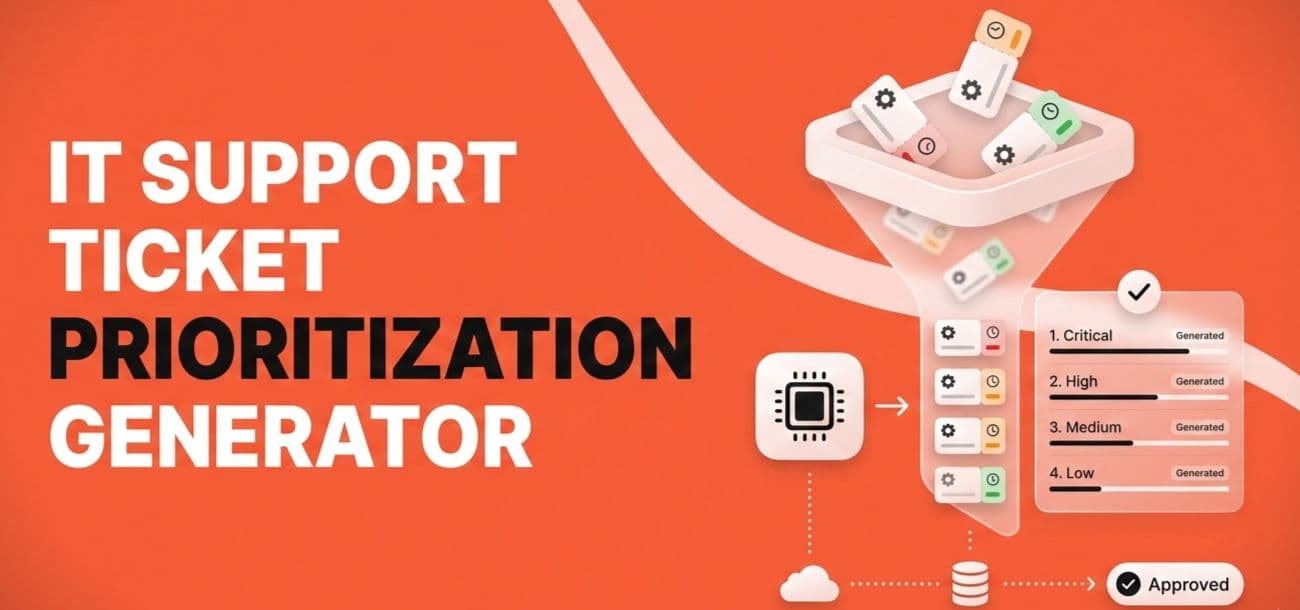Streamline Your IT Support with Smart Ticket Prioritization
Running an IT team means juggling countless support requests, often with limited time and resources. That’s where a tool to rank and organize incoming issues can be a game-changer. By focusing on the most pressing problems first, you save time, reduce stress, and keep your users satisfied.
Why Prioritizing IT Requests Matters
Not every ticket is created equal. A server outage affecting hundreds of employees demands faster action than a single user’s printer glitch. Manually sorting through these requests, though, can eat up hours. Using a structured system to evaluate severity, user impact, and waiting time ensures nothing slips through the cracks. It’s about working smarter, not harder.
Benefits for Your Team
An automated ranking tool cuts through the noise. Imagine having a clear list where critical issues stand out, letting your team dive into solutions without second-guessing. Plus, it builds trust with users who see their urgent needs addressed promptly. Whether you’re a small helpdesk or a large enterprise, organizing support tasks this way boosts productivity and keeps operations humming. Try it out and see the difference in your workflow!
FAQs
How does the priority score get calculated?
Great question! We use a weighted formula to ensure fairness. Severity counts for 40% of the score—High is 3 points, Medium is 2, and Low is 1. User impact, or the number of people affected, makes up 30%, and the time since the ticket was submitted covers the last 30%. Everything’s normalized and rounded to one decimal place for clarity, so you get a precise ranking.
What do the urgency notes mean?
We add a little context to each score to help you act fast. If a ticket scores above 80, it’s marked 'Critical' and needs immediate attention. Scores between 50 and 80 are 'Important,' meaning they’re urgent but not emergencies. Anything below 50 is 'Routine,' so you can handle it during regular workflows. It’s just a quick guide to keep things moving!
Can I prioritize more than 10 tickets at once?
Right now, the tool is designed to handle up to 10 tickets at a time to keep things manageable and ensure accurate results. If you’ve got more, just run the tool in batches. Split your list, prioritize the first set, and then move to the next. It’s a small extra step, but it keeps the process smooth and reliable.

.jpg)

.jpg)